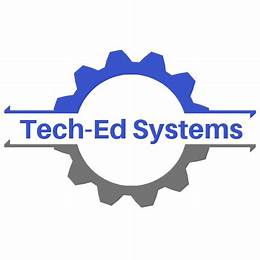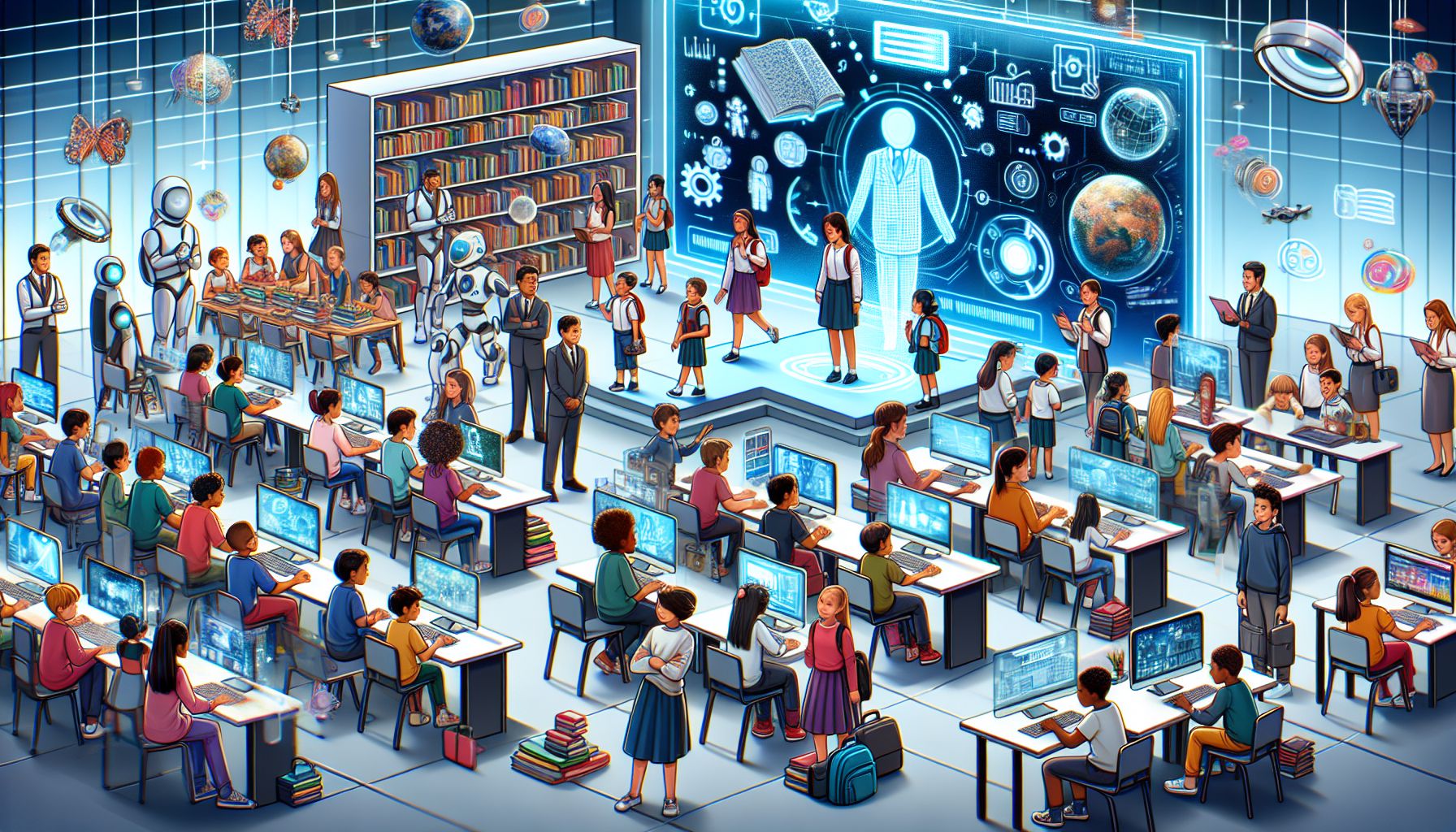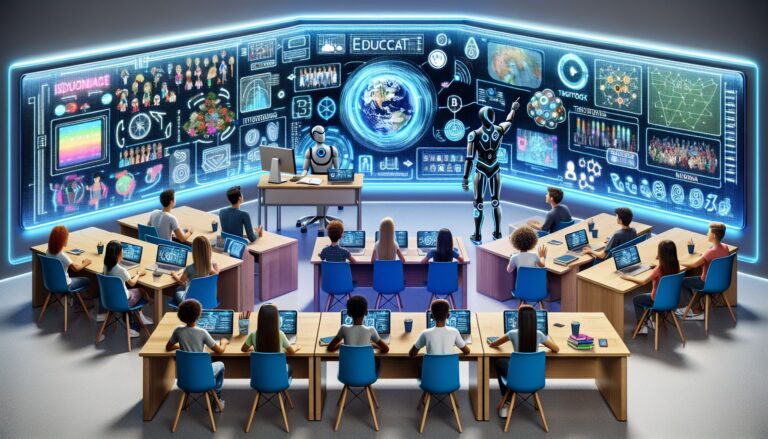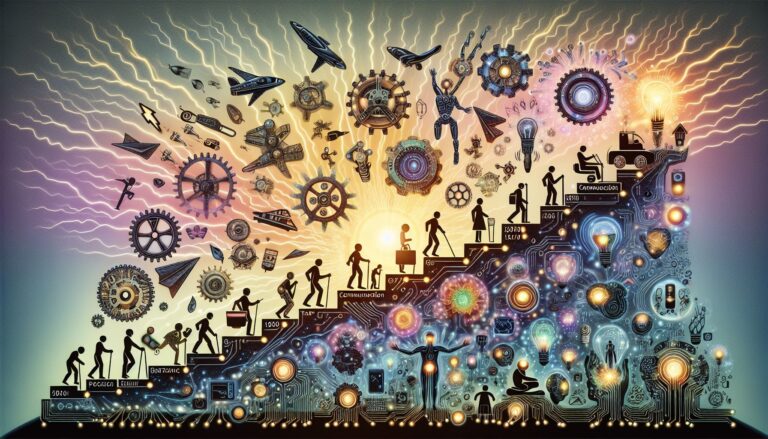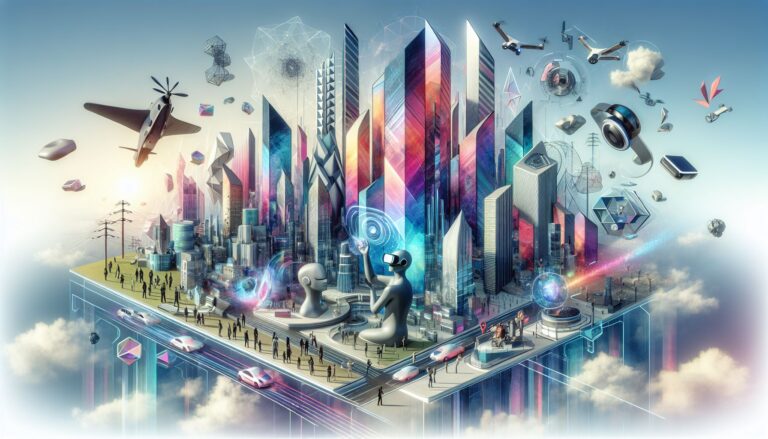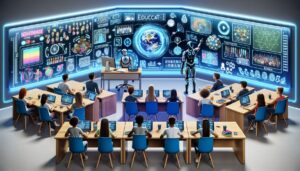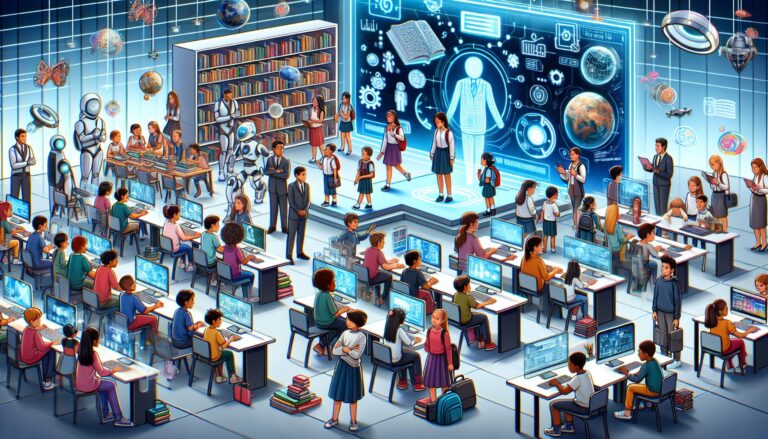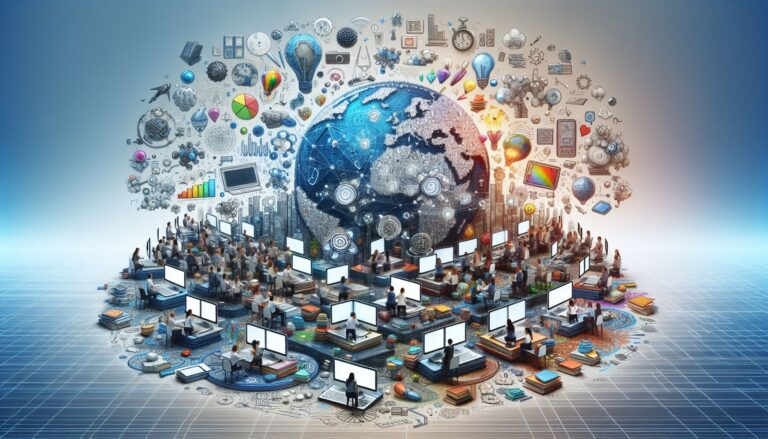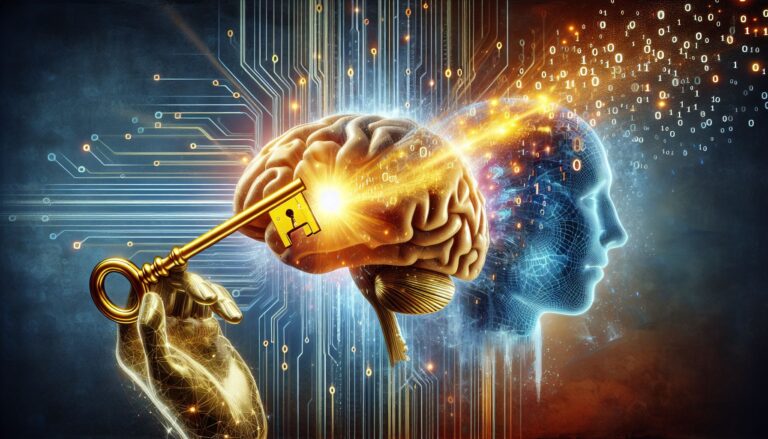The winds of change are swiftly moving through the labyrinth of sectors and industries. The culprit? The ever-evolving realm of technology, creating powerful waves that are fundamentally reshaping our world and how we interact within it. Nowhere is this metamorphosis more drastically seen than in the educational sphere, where the integration of innovative technology is not only enhancing teaching and learning techniques but is redefining what education may look like in the future.
Among the pantheon of technological innovations, Artificial Intelligence (AI), blockchain, and the Internet of Things (IoT) stand as key players transforming education. So, let’s dive into these leading-edge advancements and their potential implications for education’s future landscape.
The marvel that is AI is no longer confined to the realm of cutting-edge companies and tech-gurus. It has seeped into the classroom, shaping how teachers teach and students learn. AI’s capacity for personalization of curriculum and instructions is starting to significantly reduce the ‘one size fits all’ approach in education. Furthermore, AI tools tackle the perennial issue of grading and administrative tasks, thereby freeing up valuable time for teachers to focus on students’ intellectual and emotional development.
The blockchain, primarily famous for underpinning cryptocurrencies, is also carving out a role in the academic domain. With its capacity for storing and securing data, blockchain has the potential to revolutionize how we store and access academic credentials. This technology can create an immutable and verifiable record of academic accomplishments, reducing potential fraud, easing credentials’ transfer process, and increasing transparency.
The Internet of Things, with its ubiquitous connectivity, adds another layer of innovation in the schooling environment. IoT devices enhance the educational experience by fostering interactive learning, predicting maintenance needs of campus facilities, improving security, and allowing real-time tracking of students’ performance.
While these advancements are impressive, they are not without challenges. Issues of privacy, data security, the digital divide, and the need for teacher’s upskilled to utilize these technologies effectively, are problems requiring serious attention and innovative solutions.
As we stand at the precipice of this brave new world of technologically-enhanced education, we can’t help but speculate about the shape of future learning. Will the classrooms of the future be entities in cyberspace? Will human teachers be replaced or assisted by AI tutors? While the answers remain uncertain, one fact holds true: Technology is here to stay, fundamentally altering education’s landscape.
The enduring impact of technology on education is undeniable. With AI crafting tailor-made learning experiences, blockchain securing academic achievements, and IoT fostering a seamless connectedness, the educational landscape is shifting beneath our feet. As we navigate these changes, it’s important to tread carefully, addressing the challenges they bring while embracing the myriad possibilities. One thing is for sure – the future of education looks nothing like the past, and that, in itself, is an exciting prospect.
